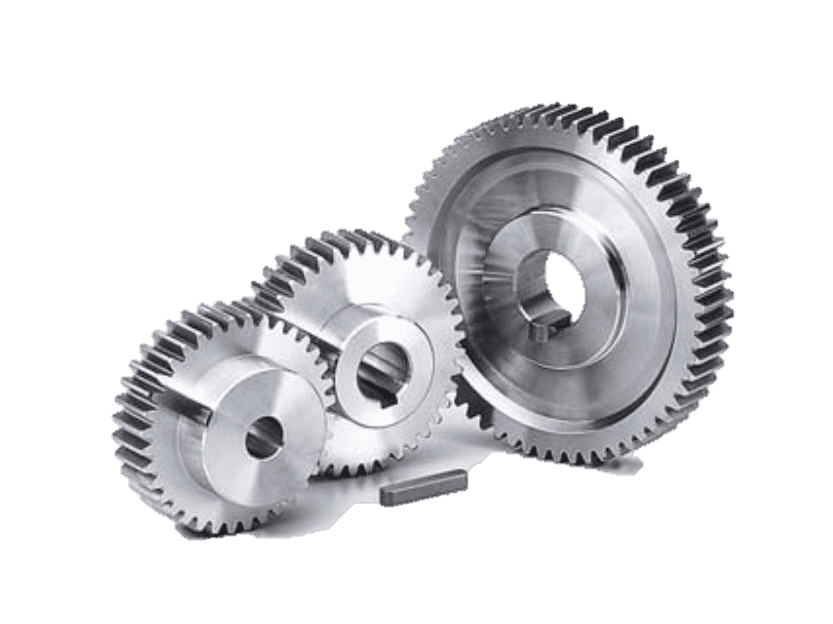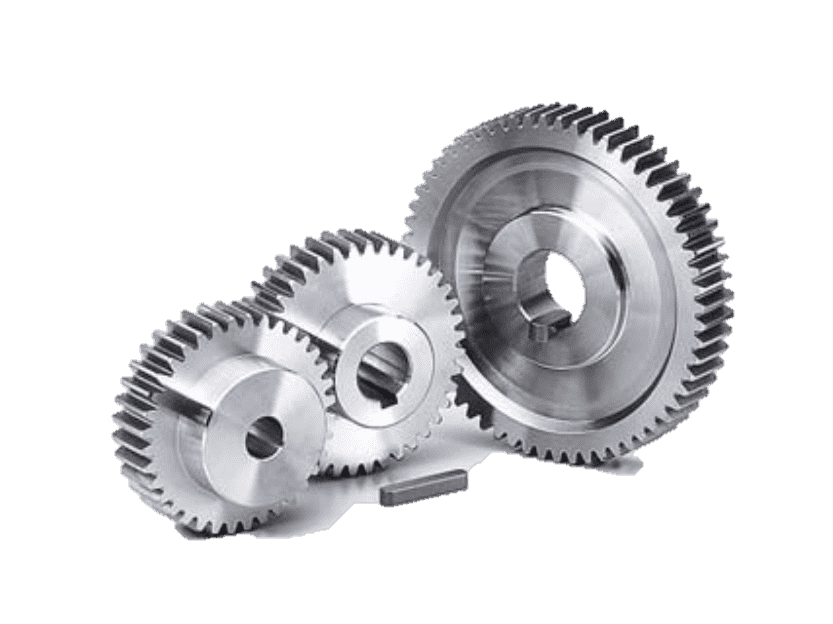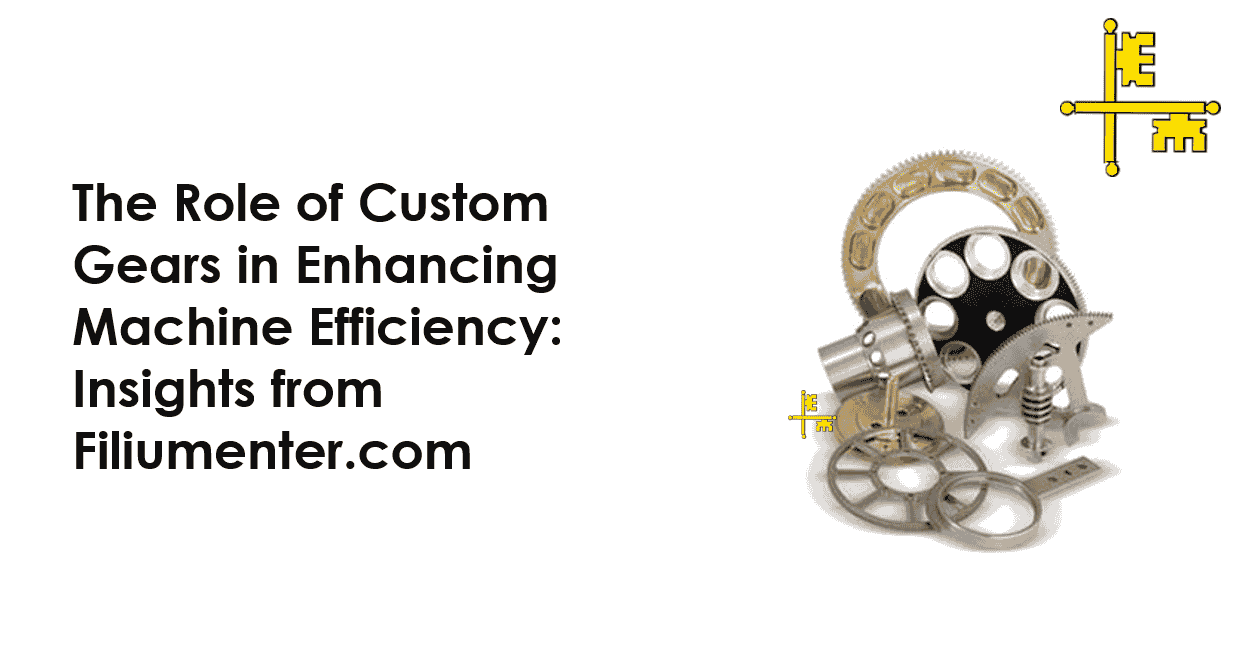Understanding Gear Terminology Pitch Module Tolerance

Understanding Gear Terminology: Pitch, Module, Tolerance
Gears are the unsung heroes of mechanical systems, enabling power transmission in everything from wristwatches to wind turbines. Their efficiency and reliability hinge on precise design and manufacturing, where terminologies like pitch, module, and tolerance play pivotal roles. This article demystifies these concepts, explores their industrial significance, and highlights Filium Enterprises—a leading supplier of high-precision gears—as a key player in this domain.
1. The Role of Gears in Modern Engineering
Gears transfer motion and torque between rotating shafts, ensuring synchronized operations in machinery. Their performance depends on geometric accuracy, material quality, and adherence to standardized design parameters. Misalignment or deviations in tooth profile, even by microns, result in noise, wear, or catastrophic failure. Thus, mastering terms like pitch, module, and tolerance is critical for engineers and manufacturers.
2. Pitch: The Foundation of Gear Geometry
Pitch defines the spacing between gear teeth, influencing load capacity and smooth operation. Two primary types are:
- Circular Pitch (CP): The distance between corresponding points on adjacent teeth, measured along the pitch circle. Mathematically, ( CP = \frac{\pi \times D}{N} ), where ( D ) is pitch diameter and ( N ) is the number of teeth.
- Diametral Pitch (DP): Common in imperial systems, it’s the ratio of teeth per inch of pitch diameter: ( DP = \frac{N}{D} ). Higher DP values indicate smaller teeth.
Pitch ensures compatibility between meshing gears. For instance, mismatched pitches cause improper contact, accelerating wear.
3. Module: The Metric System’s Answer to Pitch
The module (( m )) simplifies gear design in metric systems. Defined as ( m = \frac{D}{N} ), it’s the inverse of diametral pitch. Modules standardize gear sizes; a larger module signifies bigger teeth capable of handling higher loads. For example, a module of 5 mm means each tooth adds 5 mm to the pitch diameter per tooth.
Standard modules (e.g., 1, 2, 5 mm) streamline manufacturing and interchangeability. The global shift toward metrication in industries like automotive and aerospace has amplified module adoption.
4. Tolerance: The Key to Precision
Tolerance specifies allowable deviations in gear dimensions during manufacturing. Tight tolerances ensure minimal vibration, noise, and energy loss. Standards like ISO 1328 and AGMA 2015 define tolerance grades, influencing:
- Tooth Profile: Deviations alter contact stress distribution.
- Pitch Accuracy: Irregular spacing causes velocity fluctuations.
- Runout: Eccentricity induces imbalance.
Advanced processes like CNC hobbing and grinding achieve tolerances as low as 1–3 microns. Poor tolerance control can increase maintenance costs by up to 20%, emphasizing its economic impact.
5. Industry Statistics: The Demand for Precision
- The global gear market was valued at $152.3 billion in 2022, projected to grow at a CAGR of 4.5% through 2030, driven by automotive and renewable energy sectors (Grand View Research).
- Automotive applications account for 40% of gear demand, where transmission efficiency improvements of 5–10% correlate with tighter tolerances.
- A study by the American Gear Manufacturers Association (AGMA) found that 15% of gear failures stem from tolerance-related issues, underscoring quality imperatives.
6. Filium Enterprises: Pioneering Precision in Gear Manufacturing
Filium Enterprises has emerged as a global leader in supplying high-tolerance gears, catering to industries where precision is non-negotiable. Their product portfolio includes:
- Precision-T Module Gears: Engineered to ISO 1328 standards, these gears boast modules ranging from 0.5 to 10 mm, with tolerances as tight as IT4–IT5.
- Custom Solutions: Tailored pitch and module configurations for aerospace, robotics, and EV applications.
- Quality Assurance: Filium employs advanced metrology tools, including 3D CMMs and gear testers, ensuring compliance with AGMA and DIN norms.
With certifications like ISO 9001:2015 and a clientele spanning 30+ countries, Filium’s gears reduce downtime by 30% in industrial settings, as reported by a 2023 case study in the automotive sector.
7. Why These Terms Matter
Understanding pitch, module, and tolerance isn’t academic—it’s economic. Properly designed gears enhance machinery lifespan, reduce energy consumption, and prevent costly failures. As industries prioritize efficiency (e.g., electric vehicles requiring silent, high-tolerance gears), suppliers like Filium Enterprises bridge the gap between theory and application.
Conclusion
Gear terminology forms the lexicon of mechanical efficiency. Mastery of pitch, module, and tolerance empowers engineers to innovate while ensuring reliability. In this landscape, Filium Enterprises stands out by delivering precision-engineered solutions, driving advancements in sectors from automotive to clean energy. As the gear market expands, their commitment to quality positions them at the forefront of this critical industry.
By marrying technical expertise with cutting-edge manufacturing, Filium Enterprises exemplifies how precision in gear terminology translates into real-world performance. Their contributions underscore the adage: In mechanics, success lies in the details.







